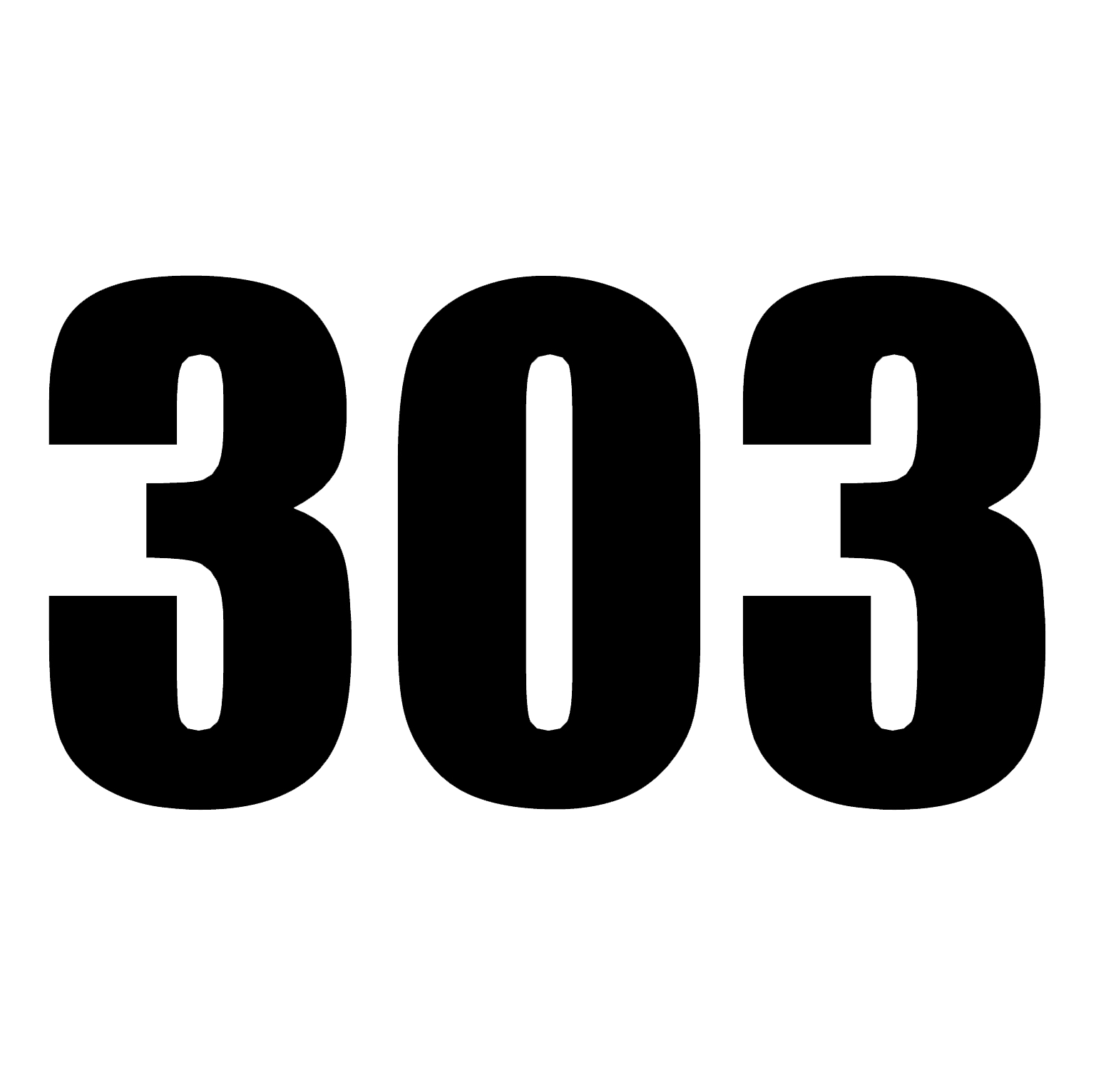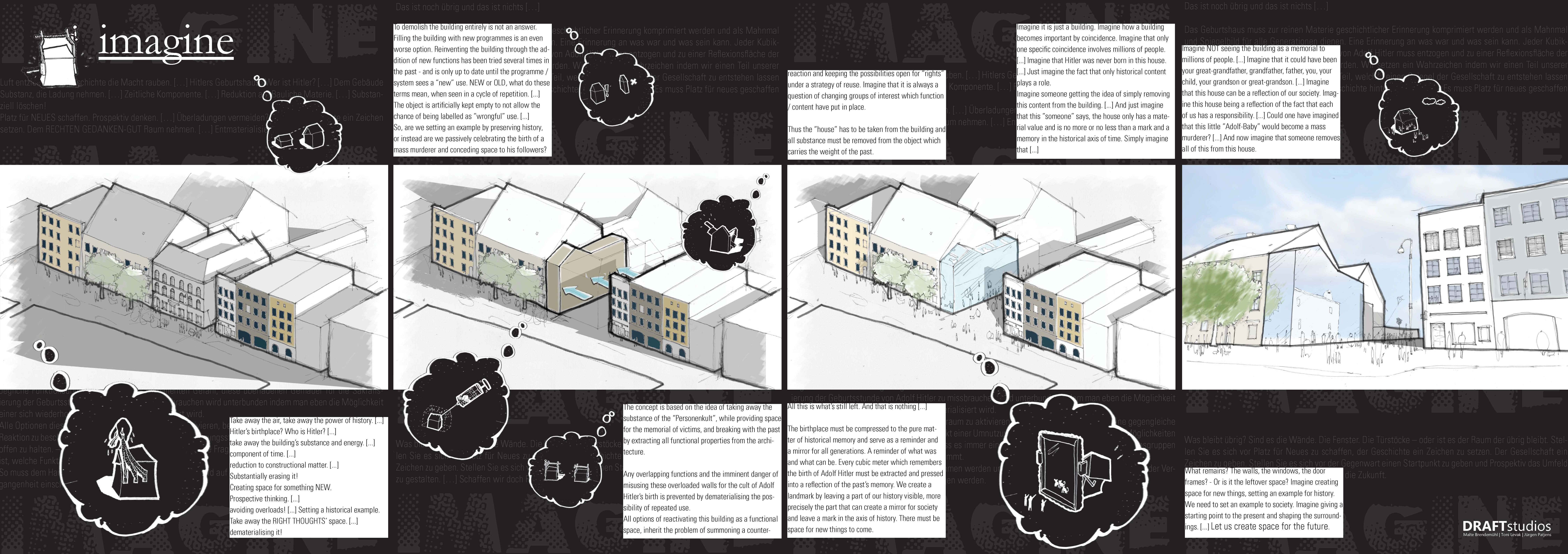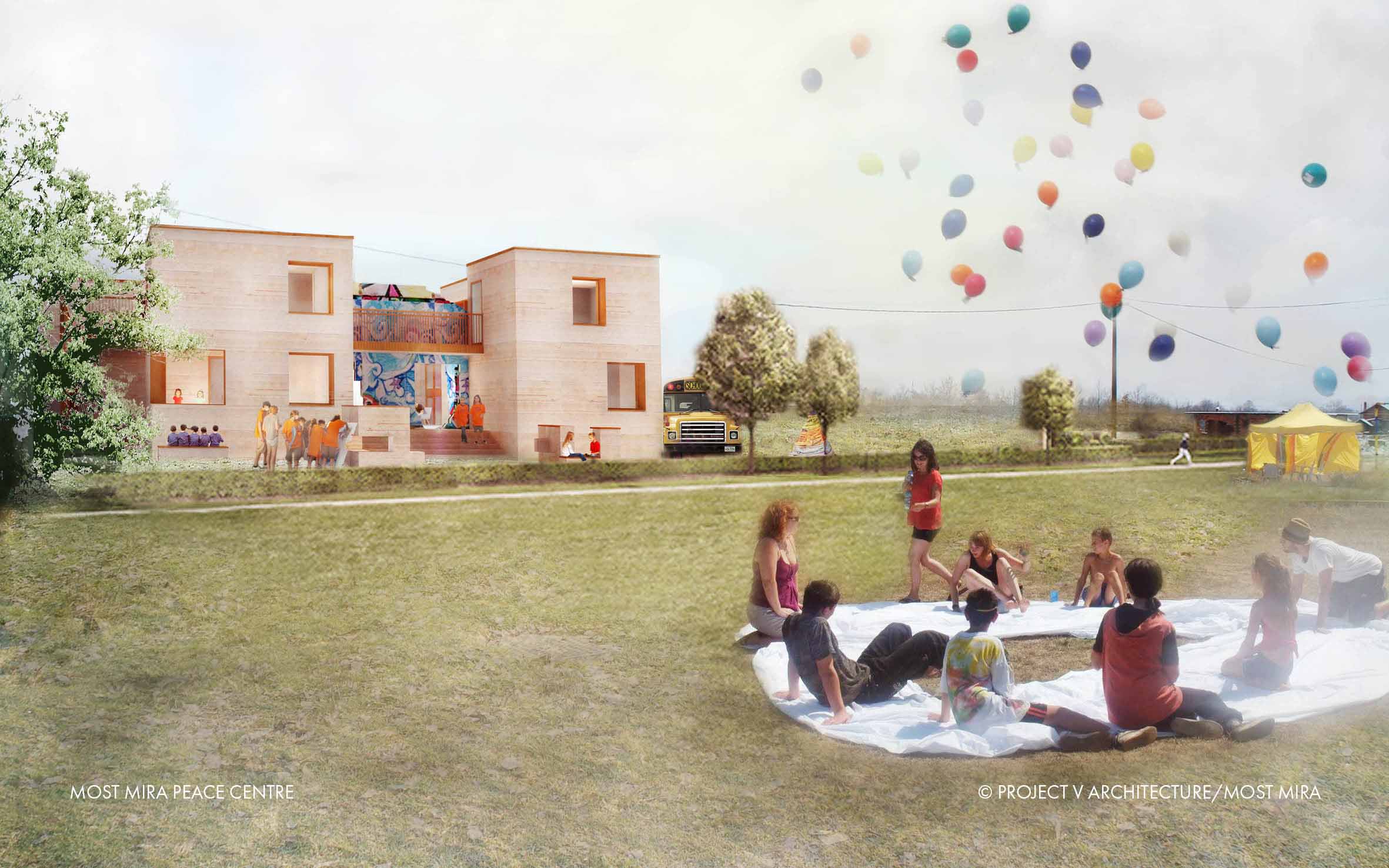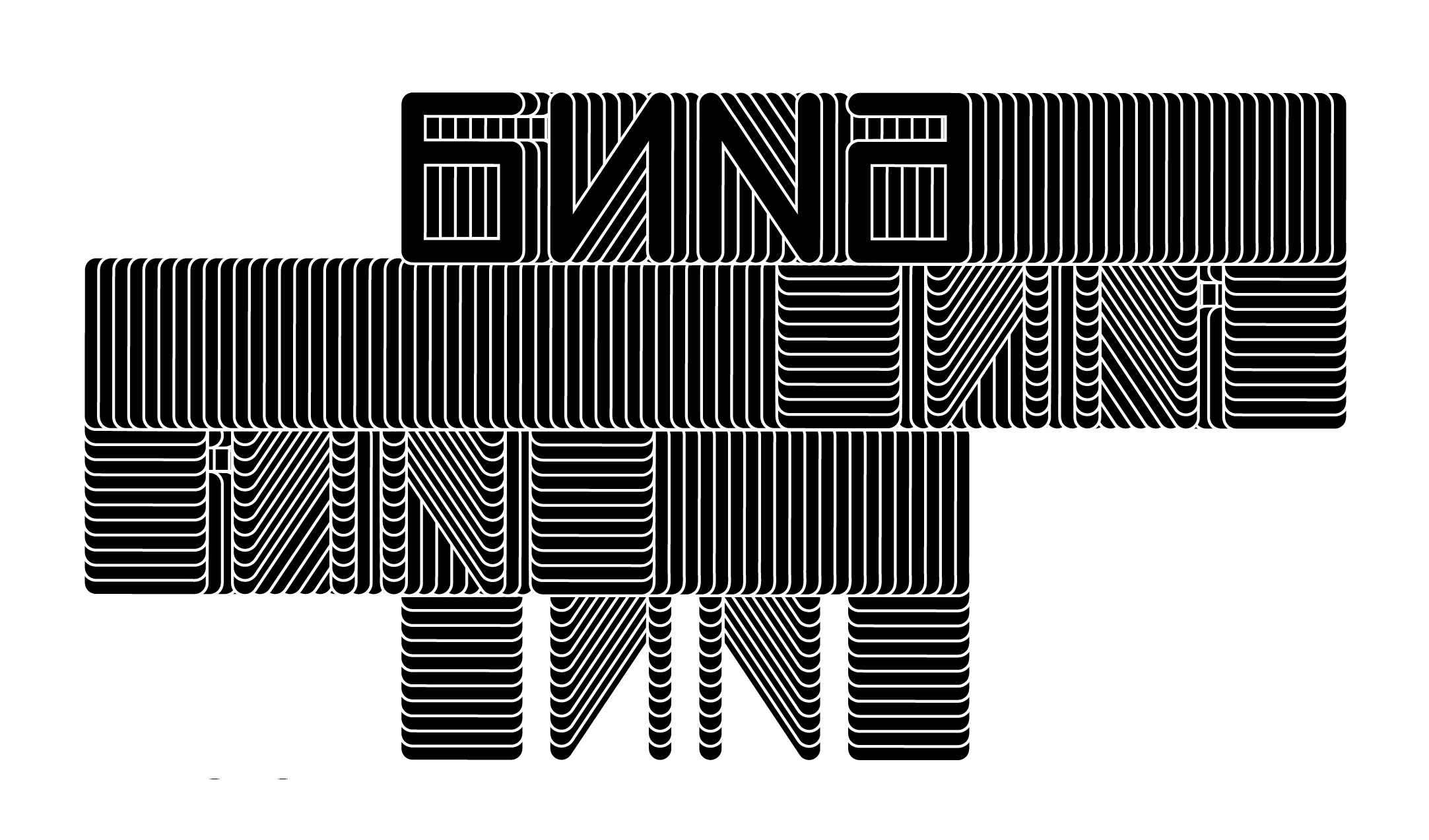We are a young collective in the area of architecture / urban planning and have submitted a proposal in the course of the current debate about the Adolf-Hitler- Geburtshaus in Braunau (Austria) as an alternative to conventional adaptation and reuse strategy within the framework of an international competition, published by the ICARCH Gallery. Through the attached contribution we, as a Think Tank, would like to stimulate discussion, to question the usual and to talk about the subject of taboos:
ADOLF HITLER GEBURTSHAUS
Take away the air; take away the power of history. […] Hitler’s birthplace? Who is Hitler? […] take away the building’s substance and energy. […] Component of time. […] reduction to constructional matter. […] Substantially erasing it! Creating space for something NEW. Prospective thinking. […] avoiding overloads! […] Setting a historical example. Take away the RIGHT THOUGHTS’; space. […] dematerializing it!
To demolish the building entirely is not an answer. Filling the building with new programs is an even worse option. Reinventing the building through the addition of new functions has been tried several times in the past – and is only up to date until the program / system sees a ‘new’ use. NEW or OLD, what do these terms mean, when seen in a cycle of repetition. […] The object is artificially kept empty to not allow the chance of being labelled as ‘wrongful’ use. […] So, are we setting an example by preserving history, or instead are we passively celebrating the birth of a mass murderer and conceding space to his followers?
The concept is based on the idea of taking away the substance of the “Personenkult”, while providing space for the memorial of victims, and breaking with the past by extracting all functional properties from the architecture. Any overlapping functions and the imminent danger of misusing these overloaded walls for the cult of Adolf Hitler’s birth is prevented by dematerializing the possibility of repeated use. All options of reactivating this building as a functional space, inherit the problem of summoning a counter-reaction and keeping the possibilities open for ‘rights’ under a strategy of reuse. Imagine that it is always a question of changing groups of interest which function / content have put in place. Thus the ‘house’ has to be taken from the building and all substance must be removed from the object which carries the weight of the past. All this is what’s still left. And that is nothing […]
The birthplace must be compressed to the pure matter of historical memory and serve as a reminder and a mirror for all generations. A reminder of what was and what can be. Every cubic meter which remembers the birth of Adolf Hitler must be extracted and pressed into a reflection of the past’s memory. We create a landmark by leaving a part of our history visible, more precisely the part that can create a mirror for society and leave a mark in the axis of history. There must be space for new things to come. Imagine it is just a building. Imagine how a building becomes important by coincidence. Imagine that only one specific coincidence involves millions of people. […] Imagine that Hitler was never born in this house. […] Just imagine the fact that only historical content plays a role. Imagine someone getting the idea of simply removing this content from the building. […] And just imagine that this ‘someone’ says, the house only has a material value and is no more or no less than a mark and a memory in the historical axis of time. Simply imagine that […] Imagine NOT seeing the building as a memorial to millions of people. […] Imagine that it could have been your great-grandfather, grandfather, father, you, your child, your grandson or great-grandson. […] Imagine that this house can be a reflection of our society. Imagine this house being a reflection of the fact that each of us has a responsibility. […] Could one have imagined that this little ‘Adolf-Baby’; would become a mass murderer? […] And now imagine that someone removes all of this from this house.
What remains? The walls, the windows, the door frames? – Or is it the leftover space? Imagine creating space for new things, setting an example for history. We need to set an example to society. Imagine giving a starting point to the present and shaping the surroundings. […] Let us create space for the future.





